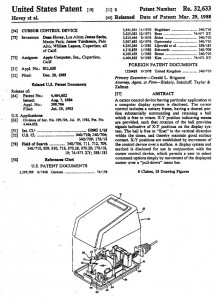(Or “Is That a Dead Moose on the Table?!”)
Recently a Theatrical Intelligence blog reader posted a question about conflict in the workplace; she wondered if using theatrical intelligence could help resolve the tricky issues of conflict that frequently occur at work. The answer is yes, Yasmin, and thank you for asking.
Many of us have a fear of conflict at work, which is often reminiscent of family quarrels and hierarchy. We tend to go to great lengths to avoid it, because it makes us feel embarrassed, uncomfortable, and often powerless.
It would benefit us to follow one of the guiding principles of improvisation: “follow your fear”.1
When professional actors improvise in performance, they actually look for obstacles to overcome. Obstacles provide dramatic conflict and the opportunity to venture into unexplored territory. “Following one’s fear…” authentically, under imaginary circumstances, is a proven improvisational technique; it produces behavior that can be eccentric, paranoid, emotionally unpredictable and frequently humorous in a surprising kind of way.
There is only one way to really screw up in improvisation: deny reality. For example, when two actors are on stage and one of them puts her jacket over her head to protect her from… whatever… the reality of the imaginary circumstances has been established. The other actor accepts it as a gift and immediately uses it. Is it raining? Snowing? Are there pigeons above? Is paint dripping? One or the other will establish what the jacket is protecting them from, and that will be the reality they share and build upon.
Acceptance of the reality, as it is being established, is paramount, in order to build a concrete story.
In many workplaces a denial of reality is the norm. We’ve all experienced situations where there is no acknowledgment of what is really happening (hence the expressions: “the elephant in the room” or “the dead moose on the table”).
Denial of reality inevitably breaks down trust and builds up fear. Acceptance of reality opens up worlds of possibility. What if you were to “follow your fear” in the face of a workplace conflict? What if you were to have the courage to say “The dead moose on the table is beginning to smell – what shall we do about it?”
I suspect that you and your colleagues at work might discover unexpected behavior and opportunity. Accept the response as a gift, just like in improvisation. Follow your fear, and see what happens.
1 This expression was coined by the late great Del Close at Second City, about 50 years ago.


Recent Blog Comments